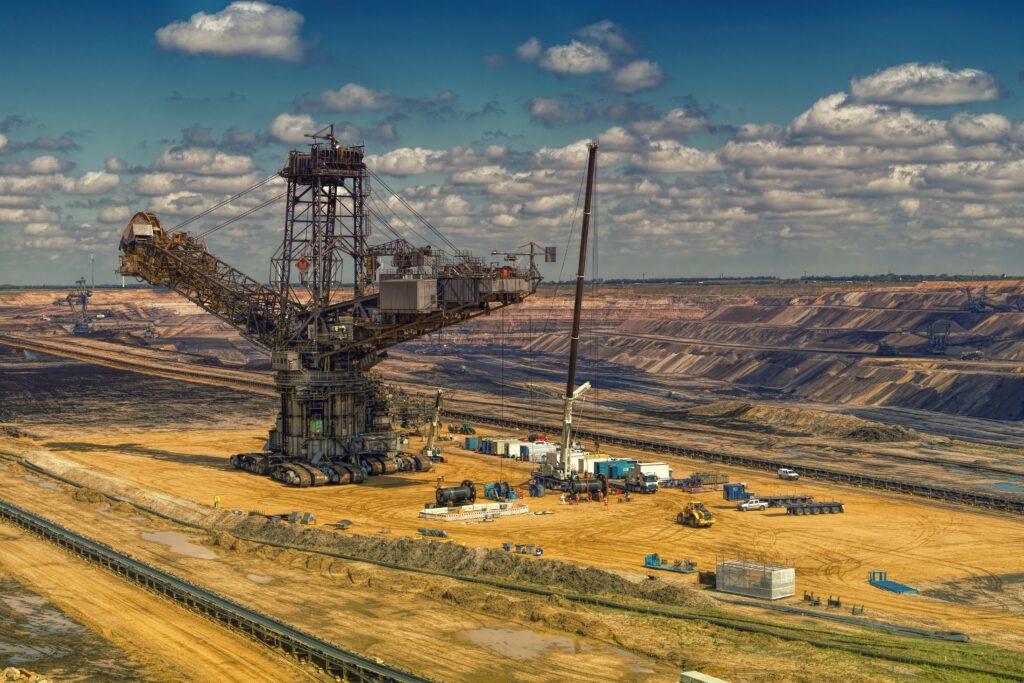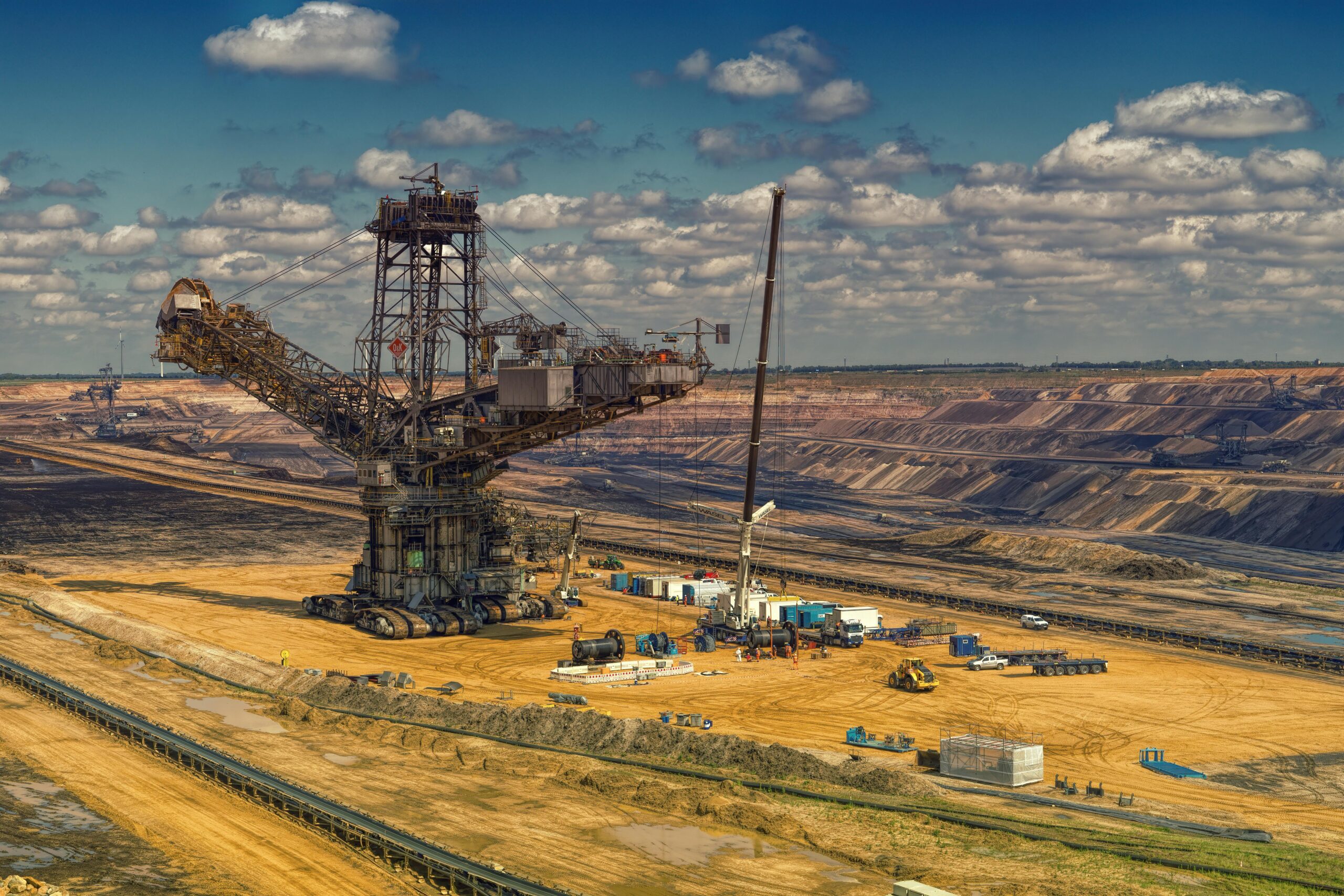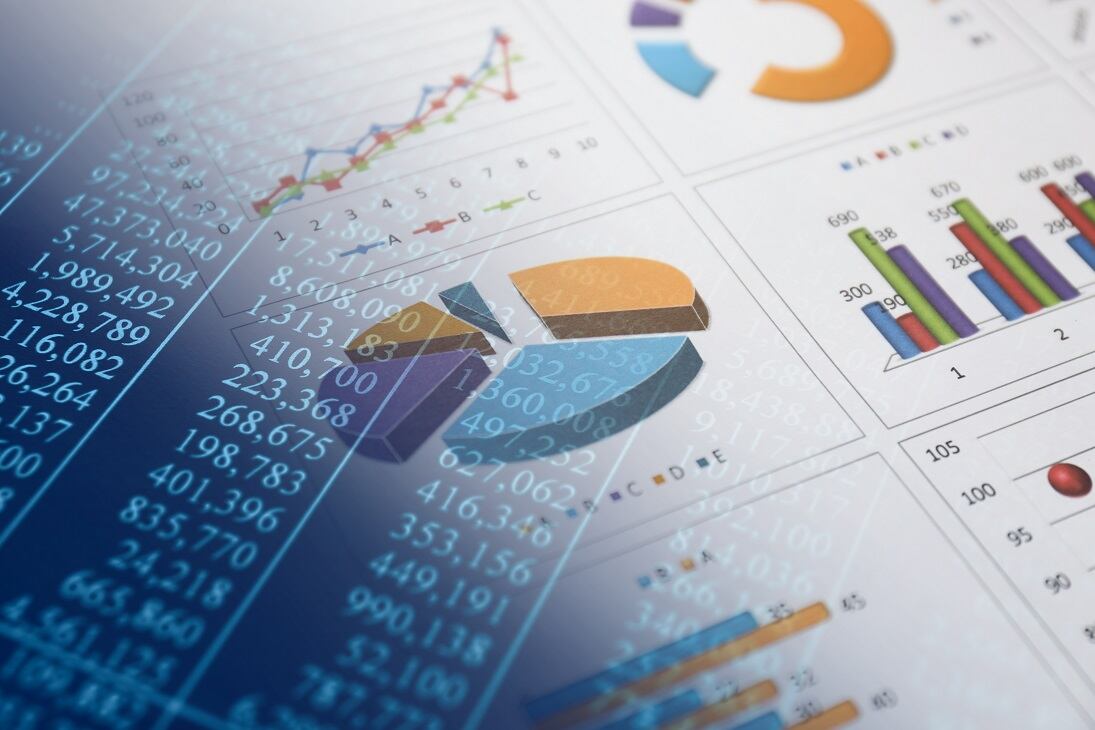Mining stands out as one of the most challenging industries for managing environmental data. In a landscape marked by the growing demand for minerals and metals that support global technological development, and with climate change discussions gaining even more significance and relevance, mining activities are at a crucial juncture: aligning operations with environmental and social policies.
Modern mining employs a wide range of technologies to monitor environmental conditions. Automated sensors, monitoring stations, field measurements, and laboratory analyses generate massive amounts of data every moment.
One of the biggest challenges faced by the sector is the effective management of this data. If this constant flow of information is not properly handled, valuable records can become lost or unusable.
From day-to-day data management to preventing bottlenecks and inefficiency, information technology is transforming how the mining industry operates. Increasing demands for efficient production and worker safety are requiring traditional mining companies to embrace innovation and implement information technology to ensure advanced manufacturing and competitiveness throughout the industry.
Some might think the mining industry is behind in innovation, but they’re working their way towards it at a rapid rate. Recently, there has been a wave of digital transformation with the help of different technologies. Data and information have proven to be some of the most valuable assets for mining companies throughout the entire mining lifecycle.
Let’s explore the new advances in Technology within the industry.
Digital twins
There are four types of digital twins — analytics, asset, process, and system twins — that help solve problems and offer unique insight. These twins each offer a unique perspective and opportunity to optimize mining operations, reduce costs, and enhance productivity. They can uncover value losses and unrealized potential within the mining value chain, making them a critical component of the industry’s future.
AI
AI-powered recognition systems can analyze images from mining operations, such as geological formations or equipment conditions, to identify potential issues and opportunities for improvement.
AI can optimize various processes, from ore extraction to logistics, by continuously analyzing data and making real-time adjustments for maximum efficiency and resource utilization. An example of this in the mining industry can be seen with the continuous tracking of iron ore on conveyor belts. This data feeds into a process optimization model that sequences the starting and stopping of conveyor belts to minimize downtime while prioritizing safety.
Mapping Exploration
Advancements in artificial intelligence and machine learning enable predictive modeling to identify mineral-rich zones with higher accuracy. Autonomous drones and sensor-equipped equipment revolutionize geological surveys, allowing real-time data collection and 3D imaging of deposits. This accelerates decision-making and ensures resources are extracted sustainably and economically.
By analyzing vast datasets derived from geophysical, geochemical, and geological surveys, machine learning algorithms can identify patterns that suggest the presence of minerals. These insights help mining companies target exploration efforts more precisely, reducing the time and cost involved in finding new deposits.
Sustainable Operations
Future mining operations will align with sustainability goals by leveraging Technology to reduce energy consumption and waste. Smart energy management systems optimize power usage across equipment fleets, while technologies like electric and hydrogen-powered machinery reduce greenhouse gas emissions.
Innovative extraction, separation, and transportation technologies transform mineral and metal recovery, making it more energy-efficient, safe, and optimized. These advancements reduce impacts on land, water, and biodiversity by focusing on less invasive methods for processing complex ore deposits. This shift towards sustainable extraction supports the mining industry’s goal of minimizing environmental footprints while responsibly meeting global mineral demands.
Valorization of mine residues
Innovative technologies are revolutionizing the valorization of mining residues—such as tailings, slags, waste rock, fly ashes, and even discarded truck tires—moving the industry closer to a near-zero-waste future. By recovering valuable metals from these materials and repurposing non-valuable components for applications like backfilling and construction, these technologies enhance both the safety and environmental performance of mining operations. This approach reduces waste, converts potential liabilities into resources, and aligns with a circular economy model.
As the mining industry faces increasing pressures—ranging from rising operational costs to more stringent environmental regulations—data science is proving invaluable. From exploration and extraction to sustainability and safety, integrating advanced analytics and machine learning is fundamentally transforming how mining companies operate.







